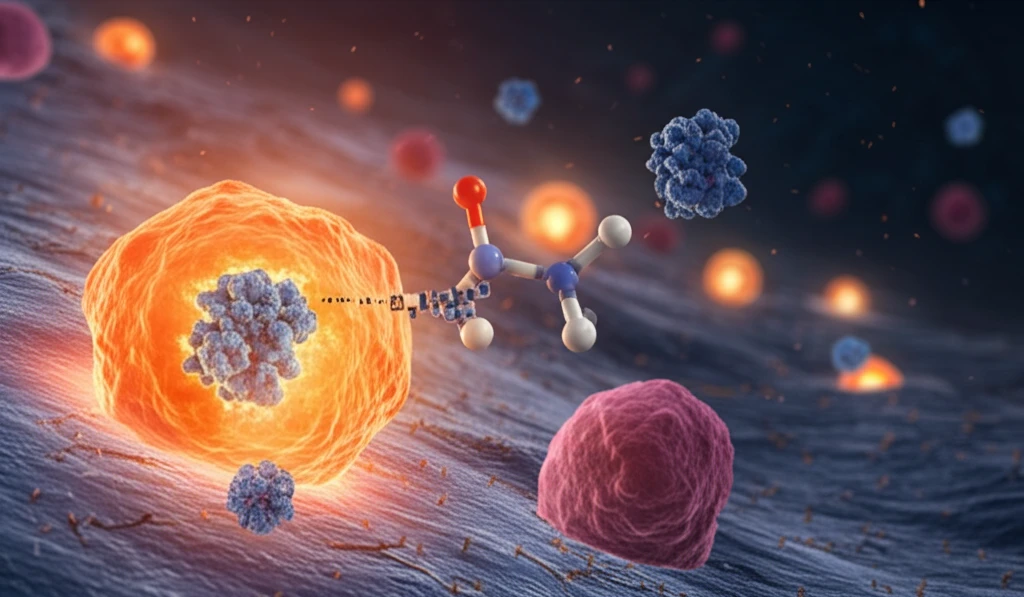
Unlocking Lung Cancer's Secrets: How Fluvastatin Could Be the Key
"Discover the groundbreaking research uncovering fluvastatin's potential in combating aggressive lung cancer, offering new hope for treatment."
Lung cancer remains a formidable health challenge, demanding innovative approaches to treatment. While conventional therapies have made strides, the need for more effective and less toxic solutions is urgent. Recent research sheds light on an unexpected ally in this fight: fluvastatin, a widely prescribed medication primarily used to lower cholesterol.
Fluvastatin belongs to a class of drugs known as statins, which have been recognized for their potential anti-cancer properties beyond their cholesterol-lowering effects. Scientists are now exploring how fluvastatin can disrupt the aggressive behavior of lung cancer cells, offering new pathways for therapeutic intervention. This article delves into the promising findings of a study that investigates fluvastatin's role in targeting SATB1, a protein implicated in the progression of lung cancer.
As we navigate through the complexities of this research, we'll uncover how fluvastatin could potentially revolutionize lung cancer treatment by addressing the aggressive phenotypes of non-small-cell lung cancer (NSCLC). This exploration promises to reveal not just the mechanisms behind fluvastatin's anti-cancer effects but also the broader implications for future cancer therapies.
What is SATB1 and Why Does it Matter in Lung Cancer?

SATB1, or Special AT-rich sequence-binding protein 1, is a genome organizer that plays a crucial role in cancer progression. Think of it as a master switch that reprograms the genetic instructions of cancer cells, encouraging them to grow and spread aggressively. In lung cancer, SATB1 is often overexpressed, contributing to the tumor's ability to invade and resist treatment.
- It promotes tumor growth and metastasis by altering gene expression.
- High levels of SATB1 are often found in aggressive forms of lung cancer.
- SATB1 influences multiple pathways that are critical for cancer cell survival.
The Future of Fluvastatin in Lung Cancer Treatment
The data presented offers a promising avenue for personalized medicine. This is especially important for individuals with NSCLC, where specific genetic profiles can dictate treatment effectiveness. Identifying patients whose tumors exhibit high SATB1 expression could help determine who might benefit most from fluvastatin-based therapies. However, more research is needed, particularly through clinical trials, to fully validate these findings and understand the optimal use of fluvastatin in lung cancer treatment. As research progresses, the potential of fluvastatin to improve outcomes for lung cancer patients could become a reality.
